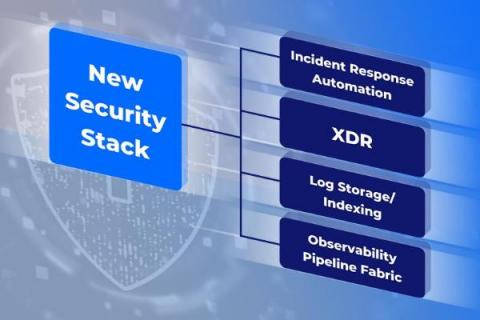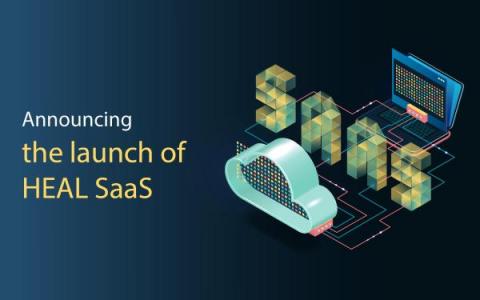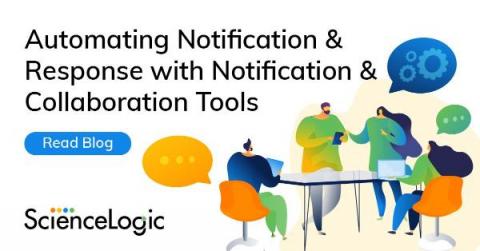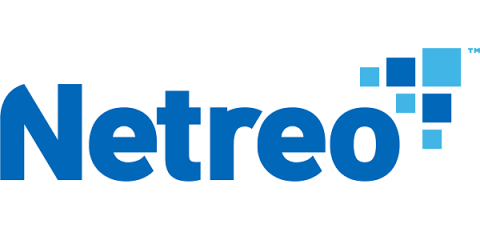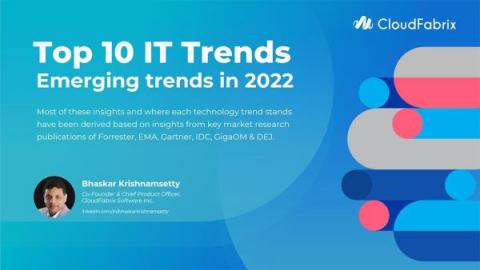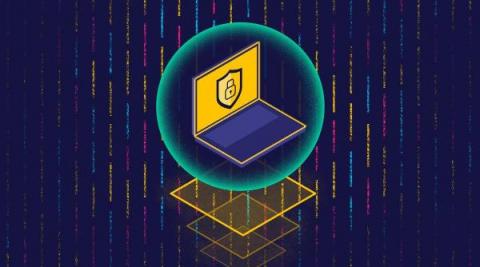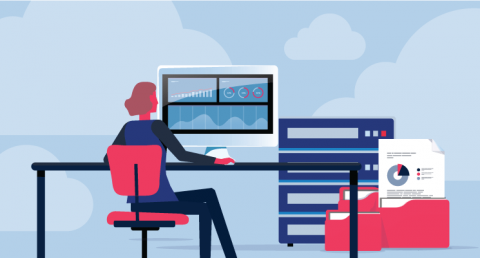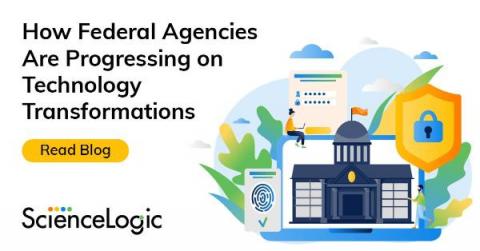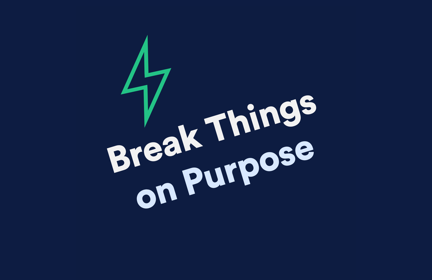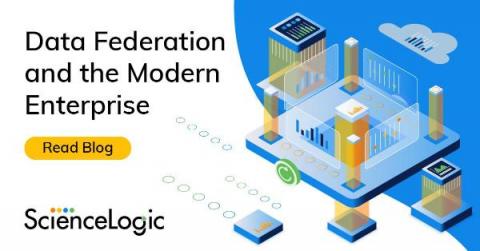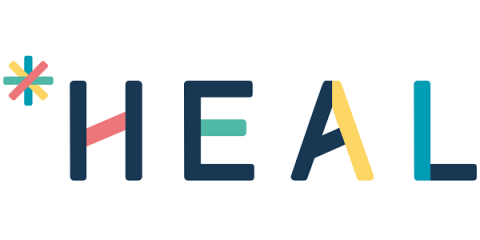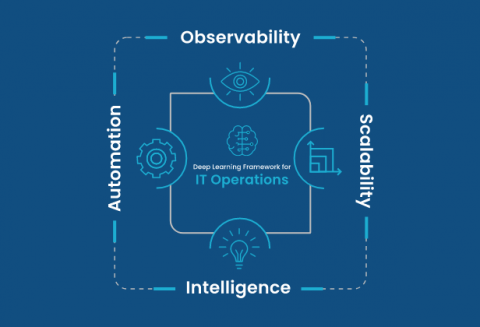Operations | Monitoring | ITSM | DevOps | Cloud
January 2022
The State of AIOps SaaS and the Vacuum Left by Traditional Solutions
Modern workflows are primarily aimed at one thing—reducing operational complexities so that stakeholders can focus on initiatives that boost business and innovation. For IT teams, Artificial Intelligence and Machine Learning play key roles in bringing this goal to life. And even though AIOps is considered to be not yet in mature stages, there is no denying that IT teams that do not adopt AI processes will be left behind. By 2023, the market for AIOps tools is predicted to reach $11.02 B.
What's Next for AIOps? 4 Trends for the Future of AIOps
As an idea conceived by Gartner four years ago, AIOps is already a mature practice. But it is also one that continues to evolve as businesses turn to AIOps to support new use cases, and as AIOps vendors build better and more efficient AIOps tools. That fact begs the questions: what’s next for AIOps? What are the relevant trends that will shape the future of AIOps over the next several years, and how will AIOps use cases evolve going forward?
Automating Notification & Response with Notification & Collaboration Tools
With the ScienceLogic SL1 platform correlating and contextualizing data to generate actionable events that accurately reflect the issues that need attention, how do you make sure all your engineers and system admins are on the same page?
The Architecture of AIOps: 4 Best Practices
Artificial intelligence for IT operations (AIOps), although the new kid on the DevOps block, is here to stay. It’s the future of DevOps and the future is here with us now. AIOps is just the infusion of artificial intelligence to the practice of DevOps. This practice has shown that it’s of great value to a lot of software development firms. Firms that have already implemented AIOps have recorded a massive boost in overall IT productivity.
Go from reactive to proactive IT operations with AI
On your journey from reactive to proactive IT operations, you may be unsure where to start. If your organization is lacking visibility into your operations, that’s the best place to begin. Automation and artificial intelligence (AI) can help you gain that needed visibility. AIOps and visibility Artificial intelligence for IT operations (AIOps) offers numerous benefits, including faster response time, improved IT health, and simpler IT management.
Episode 2: Mooving to Remix: Code You Will be Happy With
Episode 2 of Mooving to… dives into a new tool called Remix, a framework to help create front-end code, you’ll love. This episode focuses on a new web framework that helps streamline your processes and eliminate downtime to the best of your ability. Thom Duran and Andrew Leonard of Moogsoft are joined by Kent C. Dodds, Director of Developer Experience at Remix.
Leveraging AIOps to Enable Greater Customer Experiences
As time progresses and competition grows, being “good enough” means that you may be falling behind. Engineers will discover new ways to solve problems, which will enable rapid increases in availability and scalability. With these increases comes more complexity and the generation of more data. Rather than just monitoring the new data and letting the old data sit there collecting dust, you should consider using it to gain maximum insights into your environment.
TOP 10 IT Trends
5 Ways the World of IT Operations Will Shift in 2022 (and Beyond)
The following first appeared on VentureBeat. Despite the economic uncertainty due to the global pandemic, worldwide technology spending in 2021 increased by nearly 9% to $4.2 trillion. The U.S. economy grew sharply across the past three quarters of 2021, leading to stronger consumer spending, higher price inflation, and persistent employee shortages amid the great resignation.
ScienceLogic Rides AIOps' Surge with Banner Year, 2022 Expansion
Harnessing AIOps to Improve System Security
You’ve probably seen the term AIOps appear as the subject of an article or talk recently, and there’s a reason. AIOps is merging DevOps principles with Artificial Intelligence, Big Data, and Machine Learning. It provides visibility into performance and system data on a massive scale, automating IT operations through multi-layered platforms while delivering real-time analytics.
Visualize Automation Workflows in Flight with SL1 PowerFlow Control Tower
The Business Case for Observability and Site Reliability Engineering
Unlike traditional IT Ops, the role of the SRE isn’t simply focused on finding and solving technical problems. The big win for today’s SREs is supporting the organization’s strategic innovation initiatives. With the appropriate observability capabilities, it’s possible to quantify the value that software infrastructure contributes to this innovation effort.
The Top 5 Use Cases for AIOps Today
By now, you’ve likely heard of AIOps, a technique that promises to inject new levels of efficiency into IT operations with the help of AI and machine learning. But what, exactly, does AIOps mean in practice? Which specific use cases can IT organizations enable or improve with the help of AIOps? Those may be more difficult questions to answer if you have yet to see AIOps at work in your organization.
Modernizing Government Technology: How Federal Agencies Are Progressing on Technology Transformations
When the U.S. Congress passed the Modernizing Government Technology Act (MGT) of 2017 as part of the 2018 National Defense Authorization Act, it established both funding and a process intended to help bring aging federal IT systems and infrastructure up-to-date with state-of-the-art technologies common in the private sector. According to the legislation, the goals of MGT are to.
How MSP Content+Cloud Turned a Cost Reduction Mandate into New Revenue Generation
As today’s IT infrastructure becomes more complex, a continued reliance on legacy systems can become costly as IT operations get bogged down in inefficiencies and hampered by unreliability.
5 Ways AIOps Tools Can Increase ITOps Productivity
There’s no doubt that the software development and engineering industry has become one of the fastest evolving industries in the world. This greatly affects the way things are done within the industry. The rapid change within the software industry can be said to be in an exponential form. These changes are evolving so quickly that you can measure and track them within daily timelines as compared to the growth of other industries.
Delivering Seamless Customer Experiences in the Financial Services Industry
AIOps: Predict and prevent IT issues before they happen
In today’s highly competitive and volatile business environment, service outages can result in the loss of customers. Because of those high stakes, it’s imperative that companies take action to avoid outages. But how can you prevent them before they happen? Enter artificial intelligence (AI). AI and machine learning can run in the background to monitor systems and detect anomalies before humans can spot them. ServiceNow Predictive AIOps was designed with this purpose in mind.
Introduction to ScienceLogic SL1: A Demo with Nick Hassel
Best Practices for Maximizing the Value of Situation Alarms
Today, IT operations teams have to process large volumes of events or alarms in near real-time in order to protect service levels, stay competitive, and deliver a great experience to customers. If it takes too long for teams to spot and repair issues, an organization runs the risk of significant business service downtime, SLA penalties, and brand reputation damages. As IT landscapes continue to grow in scale and complexity, guarding against these risks becomes increasingly difficult.
PagerDuty Named a Leader in the Latest G2 Grid for AIOps Platforms
At PagerDuty, we are committed to championing the customer — it’s a core company value. Our product has to provide great value, we have to provide excellent service, and we need to make it simple to do business with us. The Winter 2022 G2 Grid for AIOps Platforms Relationship Index showcases these values and highlights PagerDuty as a leading player in the AIOps space.
It's a great day to be a Panda.
I am excited to announce today that BigPanda has secured $190 million in financing at a $1.2 billion valuation. This financing was led by Advent International and Insight Partners, together with our other existing investors. BigPanda is now officially a unicorn, and the clear leader in the rapidly growing AIOps market!
Podcast: Break Things on Purpose | Unpopular Opinions
Time for a bit of a review! Join Jason as he looks back on some previous guests who have shared some opinions that range from the idiosyncratic to down right unpopular. Pulling from a handful of “Breaking Things” interviews, Jason covers death to VPNs, to the validity of “AI Ops,” check out the litany!
Data Federation and the Modern Enterprise
In our increasingly hyper-connected, data-dependent world, it can be difficult to keep track of where resources are, how to access them, and how to put data assets to work to run a more efficient and reliable enterprise. Traditional approaches to IT operations analytics are becoming outmoded as the sources and types of data grow more mobile, ephemeral, diverse and distributed.
AIOps and Digital Transformation Predictions for 2022
Chestnuts roasting on an open fire. Jack Frost turning noses blue. Yuletide carols being sung by a choir, and folks predicting twenty twenty-two.
HEAL Software Announces SaaS Offering
Why "AIOps vs. Observability" Is a False Dilemma
What comes first – observability or AIOps? Can you achieve observability without AIOps? Do you need AIOps if you already have an observability solution in place? These are all questions that any team considering AIOps will want to answer in order to determine the real-world value that AIOps tools stand to offer.
Observability, AIOps, APM, and i2M: The Partner Ecosystem for IBM MQ Enterprises
Complex enterprises have an integration infrastructure (i2) layer that connects technologies and applications across cloud, data center, virtualized systems, mainframe, edge computing, etc. The i2 layer includes a core middleware application (such as IBM MQ) along with many other "integration" technologies, such as MFT (managed file transfer), IoT, REST APIs, DataPower Gateway, and other messaging technologies (i.e., Kafka, TIBCO EMS, IBM ACE, IBM Integration Bus (IIB) and more).
What Is AIOps? A Complete Beginner's Guide
Gartner predicted, by 2020 90% of Artificial Intelligence (AI) and Machine Learning (ML) would have been deployed in enterprises through “AIOps” – a combination of machine learning and operations. An AIOps approach has the potential to reduce costs and risks by automating routine IT Operations tasks while returning more control over decisions to the organization.
6 AIOps Myths You Should Be Wary Of
AIOps myths and how to avoid them Gartner coined the term AIOps in 2016 to refer to the combining of “big data and machine learning to automate IT operations processes, including event correlation, anomaly detection and causality determination.” In the five years since, AIOps has grown leaps and bounds — last year, AIOps was at the peak of the Gartner hype cycle.


